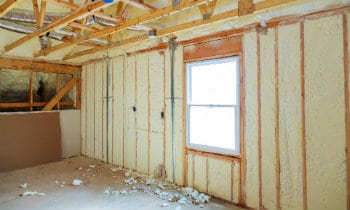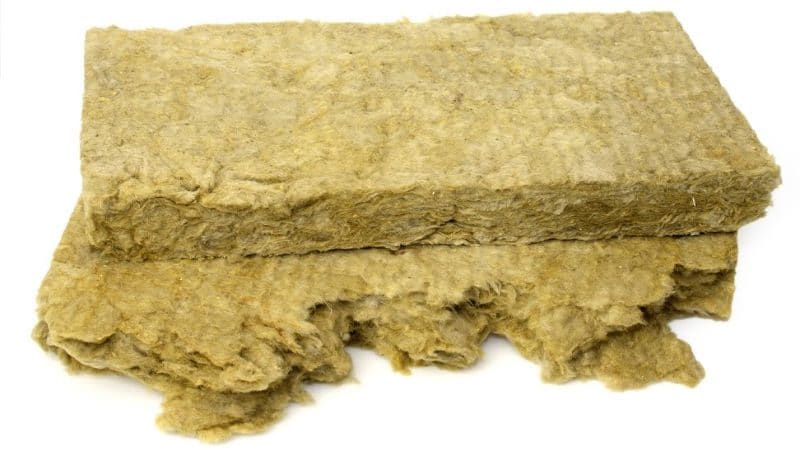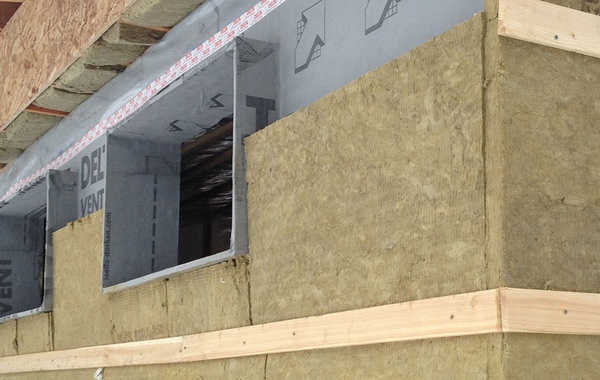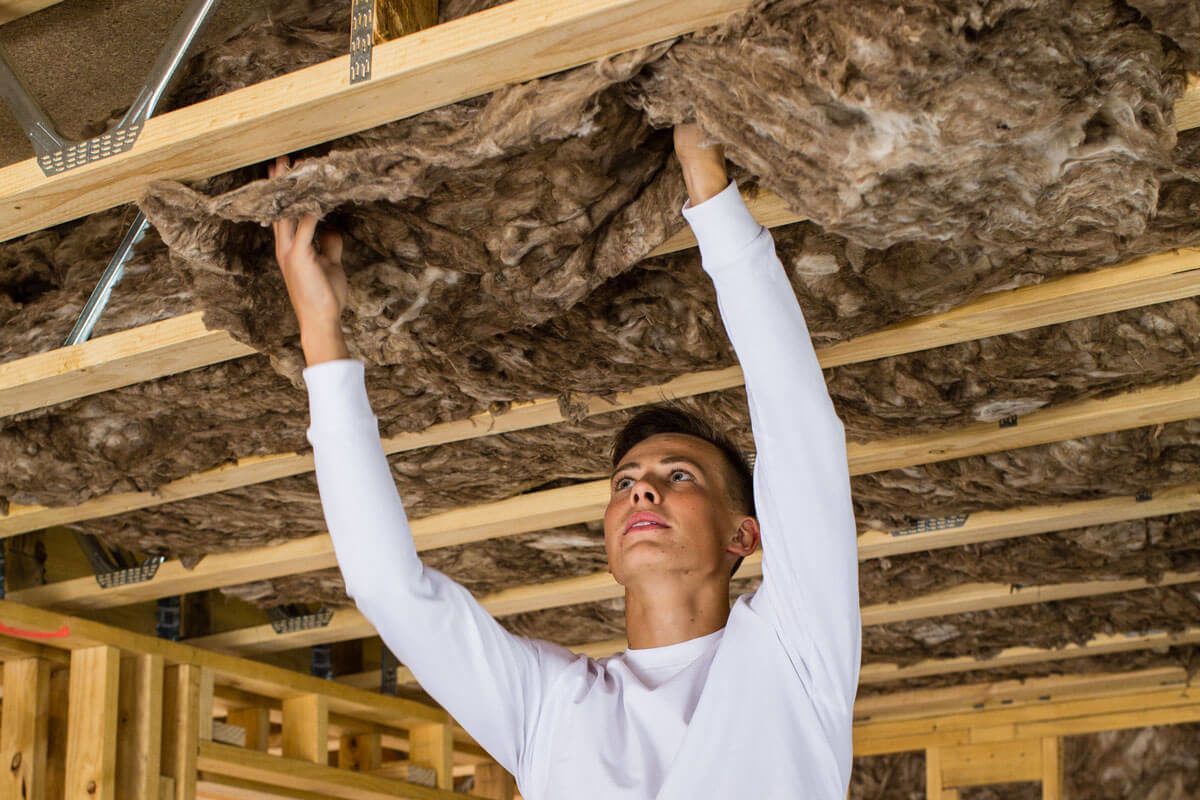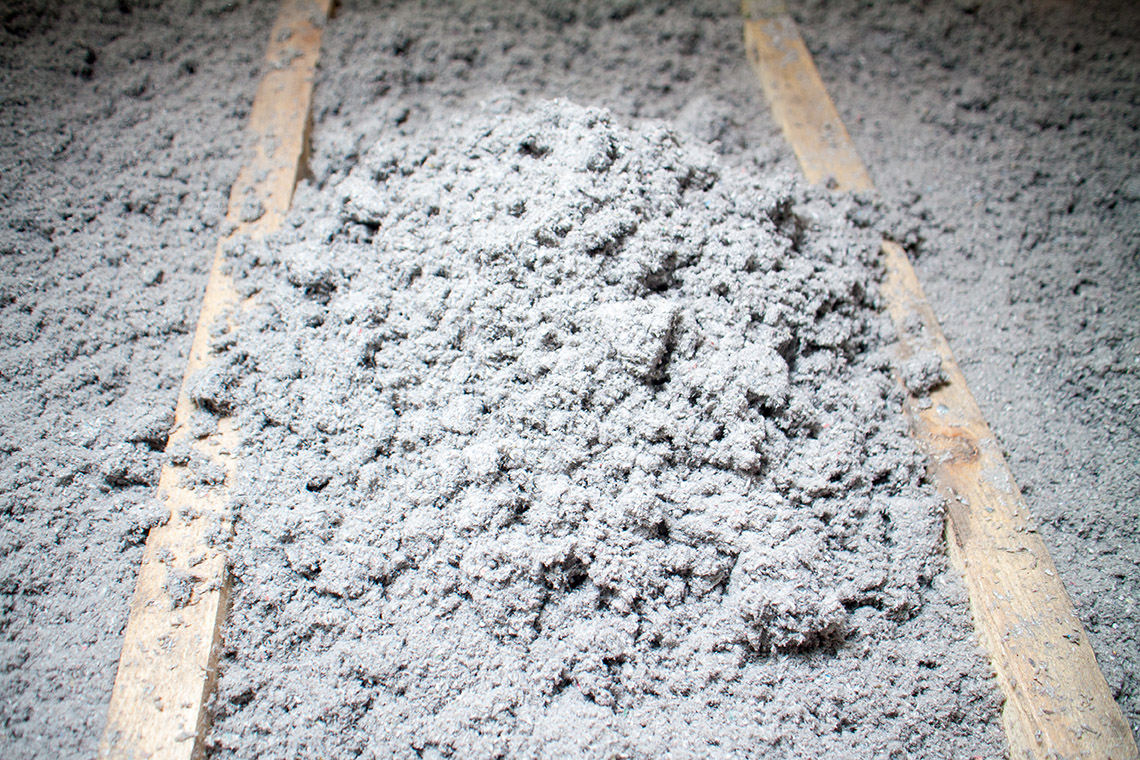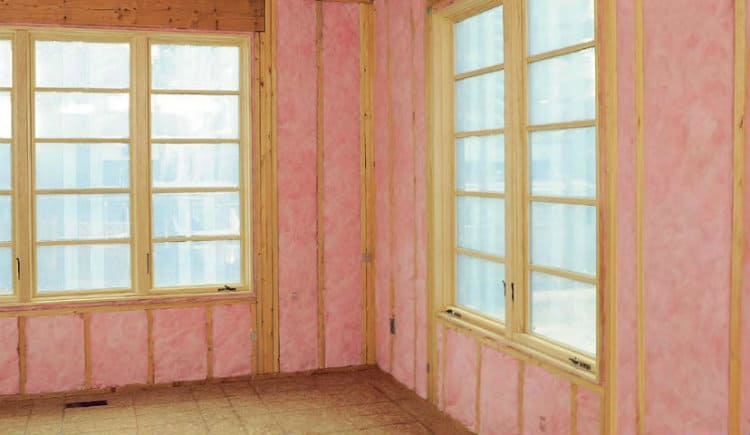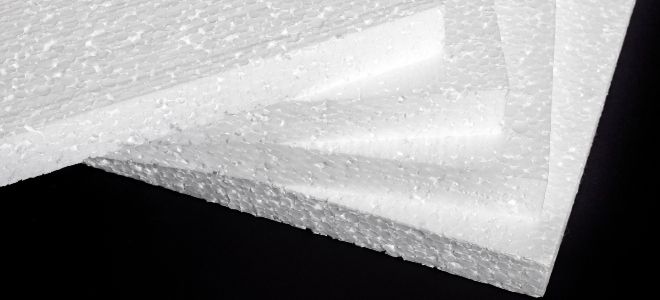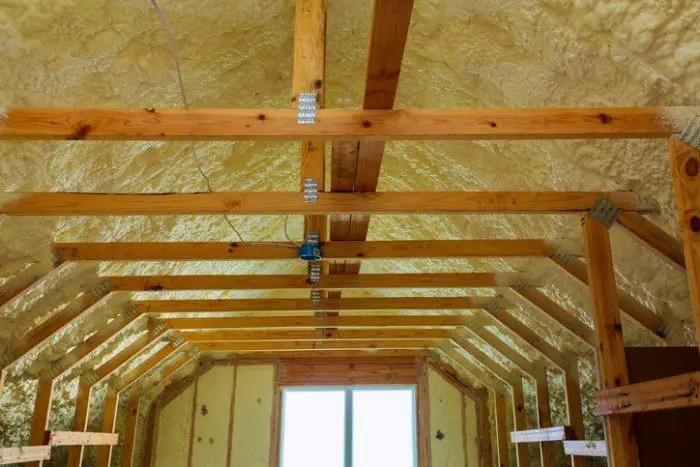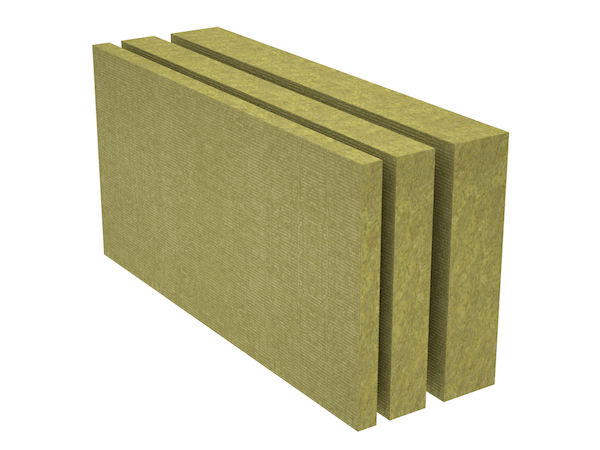Does Blown In Insulation Work For Soundproofing
It doesn t do very good but require much less investment in time and disruption.
Does blown in insulation work for soundproofing. Blown in cellulose is a last resort method of insulating a building. The more loosely packed the fibers the better their ability to absorb and dampen sound. From a soundproofing perspective blown insulation is not really going to do that much good. You would simply nail it directly into the wall studs and connect the separate pieces with tape.
It can be added to post construction partition walls much easier and cheaply than other materials. Best soundproof batt insulation. The best types of soundproofing insulation are blown in fiberglass and cellulose. And in addition to creating an insulating blanket blown in insulation helps reduce sound transfer between the outdoors and the indoors so unwanted street noise will also be softened.
Thermal insulation stops the transfer of heat cold and sound by trapping the temperatures and soundwaves in the insulation preventing them from passing through. Well you got an idea about the major factors you need to validate prior to buy any soundproof insulation let me highlight the best available batt insulation. They are superior at reducing not only outside noises but also noises from room to room and between different levels of your home or building. When your desire is to provide soundproofing this is why fiberglass insulation works so well.
The only time it might come in handy is if the room in need of soundproofing is in the attic. But if filling the floor in the commercial building then most builders prefer blown in insulation. The insulation absorbs sound but by itself. For the best results the insulation should be installed in the walls floors and ceilings.
For one adding a layer of mlv over the insulation can work wonders and improve the noise blocking properties of your walls floors and ceilings. In fact many of these tips would also work on floors and ceilings. Blown in cellulose insulation is made of 75 85 recycle fiber from paper with the remaining 15 25 made of a fire retardant material.


